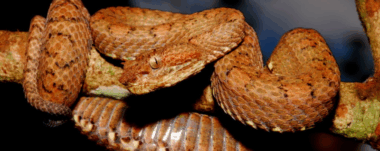Durán Sanatorium: history and mystery in Cartago
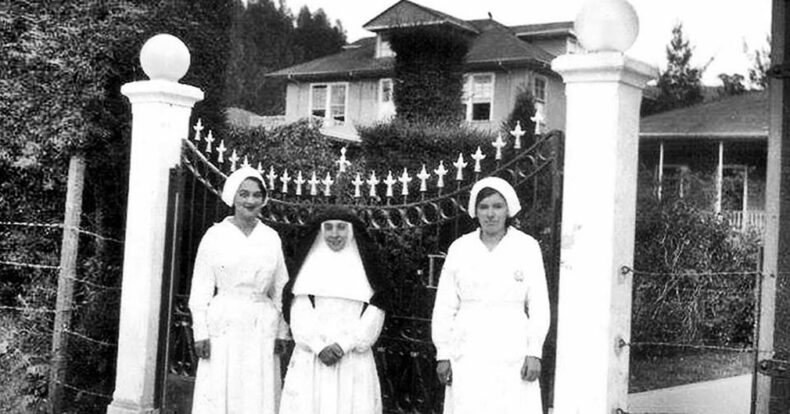
Durán Sanatorium
Located on the slopes of the Irazú volcano, in the Potrero Cerrado district of Oreamuno, just 7 kilometers north of the city of Cartago, stands one of Costa Rica’s historic buildings: the Sanatorio Durán. Founded in 1918 by physician and politician Carlos Durán Cartín, former president of the Republic and Benemérito de la Patria, this place was originally conceived as a specialized care center for tuberculosis patients.
Durán Sanatorium: A monument to Costa Rica’s medical history
During its years of operation, the Durán Sanatorium was considered a first-class hospital with capacity for around 300 patients. At the time, it rivaled the best sanatoriums in America and Europe in terms of prestige, thanks to its modern facilities and strategic location: isolated and with a cold climate, ideal—according to the beliefs of the time—for the treatment of this highly contagious disease.
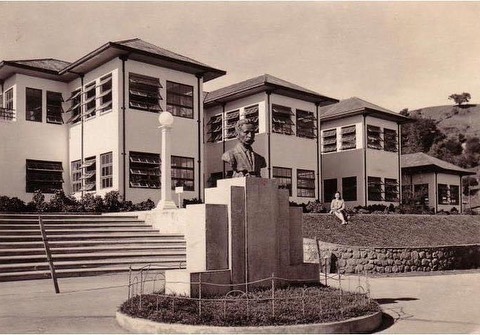
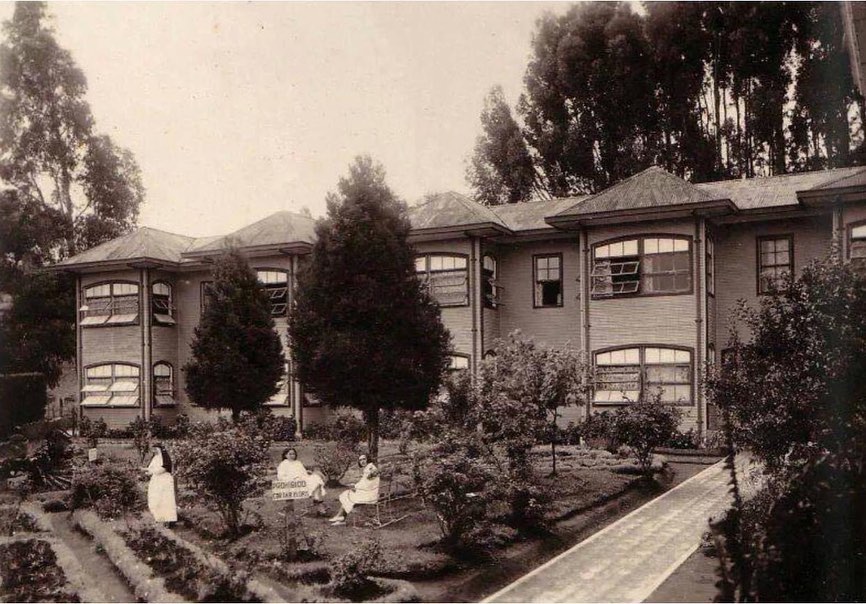
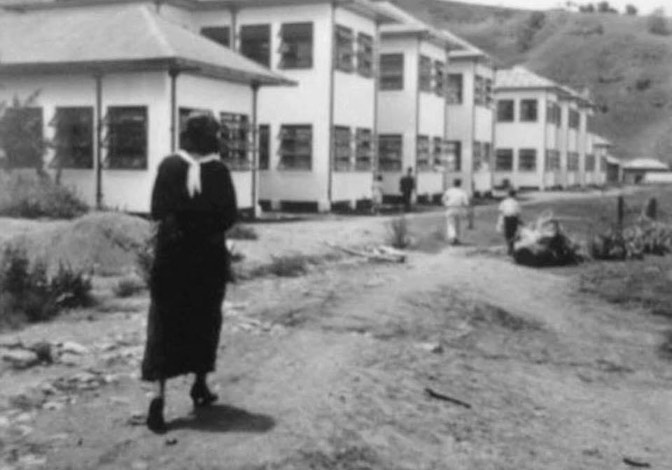
With advances in medicine and the introduction of more effective drug treatments, the incidence of tuberculosis gradually declined in the country. By 1963, the sanatorium began to empty, and around 1967 it officially ceased to function as a hospital. Its history, however, did not end there.
From hospital to heritage: a transformation
This is the only building that remains from the original complex. The main building, which was once the main hospital, is now a museum dedicated to the history of the Durán Sanatorium.
The property is also used for growing vegetables and houses agricultural studies. In addition, the facilities can be rented for meetings and seminars with a capacity for 125 people, and include rooms, a dining room, bathrooms, and a camping area.
Did you know that…?
The Durán Sanatorium, located in Potrero Cerrado de Oreamuno, Cartago, just 7 km from the city center and 18 km from the Irazú volcano, is an emblematic building founded in 1918 by physician and former president Carlos Durán Cartín as a hospital specializing in tuberculosis. Considered one of the best sanatoriums in America at the time, it housed up to 300 patients, taking advantage of its isolation and cool climate as part of the treatment.
After the decline of the disease in the 1960s, the building was vacated and now serves as a recreational park under the administration of UPA Nacional. Declared a Historical-Architectural Heritage Site in 2014, the site offers picnic areas, cultivation zones, event spaces, and has gained popularity both for its medical history and the paranormal legends that surround it. Open daily from 8 a.m. to 4 p.m., with admission of ¢2,000 for adults and free access for children, it is a must-see destination for those seeking history, nature, and a touch of mystery.
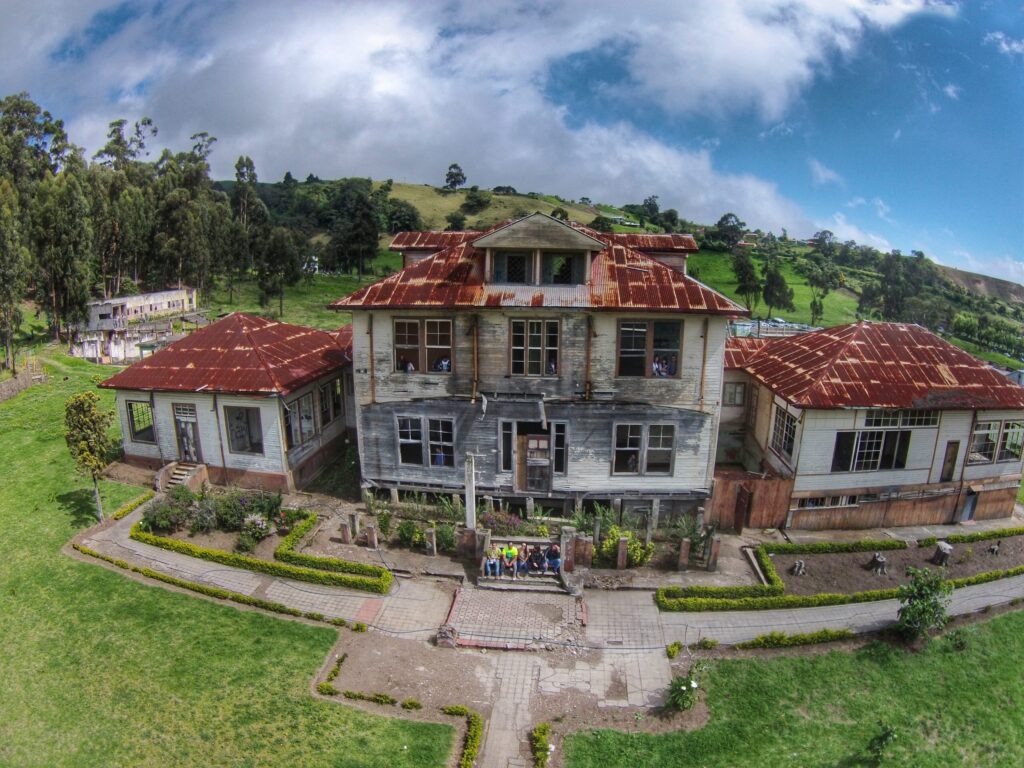
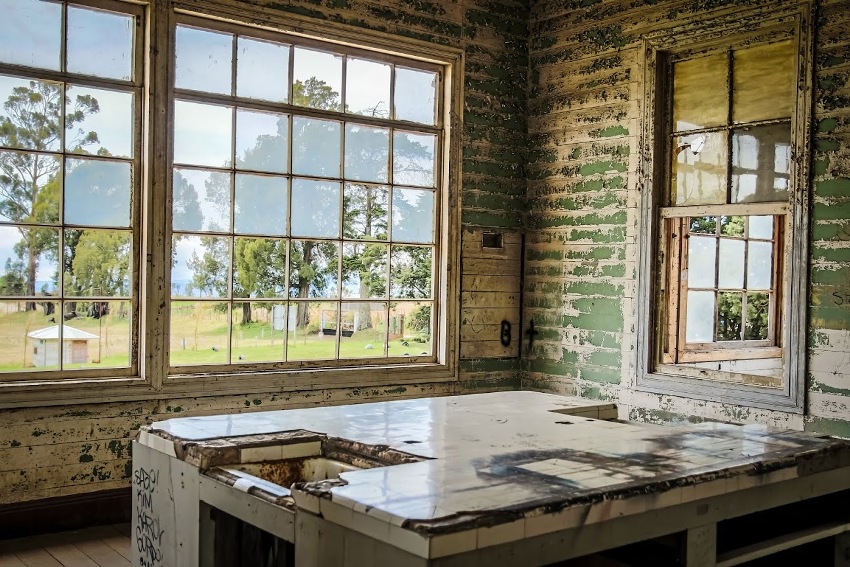
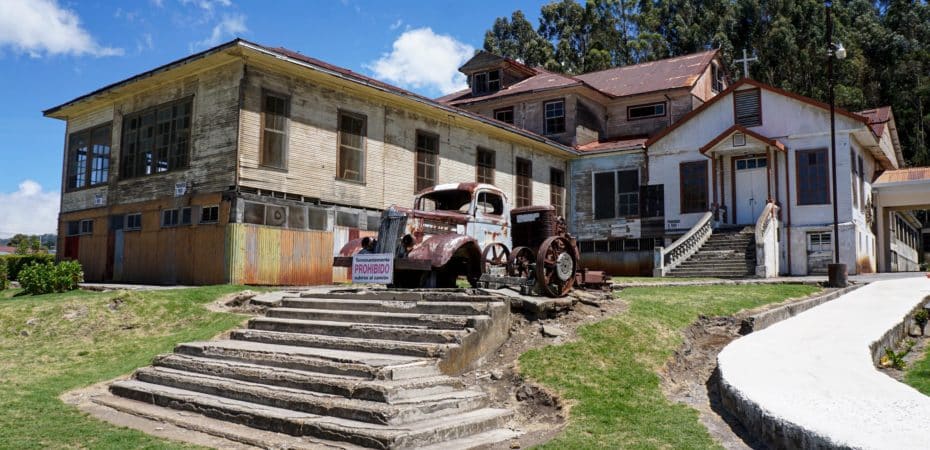
Exploring the Durán Sanatorium
The site has become famous not only for its historical and architectural value—it was declared a Historical and Architectural Heritage Site of Costa Rica by Decree No. 38657-C in November 2014—but also for the many urban legends and paranormal stories that have been woven over time. Although there is no scientific evidence, many visitors claim to have felt presences or heard strange sounds in the old corridors of the sanatorium, which has fueled its reputation as one of the most mysterious places in the country.
Hours are Sunday through Sunday, from 8:00 a.m. to 4:00 p.m.
Parking, picnic areas, family ranches, a cafeteria, and pets are all welcome. You can also bring your own food if you wish. The Durán Sanatorium—also known as the Carlos Durán Cartín Sanatorium or Tierra Blanca Sanatorium—remains a silent witness to Costa Rica’s medical past and an ideal attraction for those seeking culture, adventure, and a little mystery in one place.
Sensorial Sunsets
Previous article France and Costa Rica: blue carbon initiative in preparation for global oceans conference
Navigate articles





